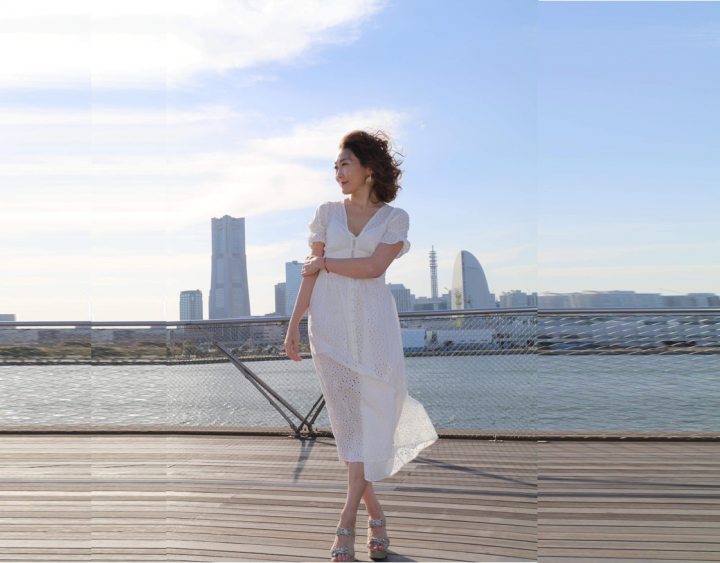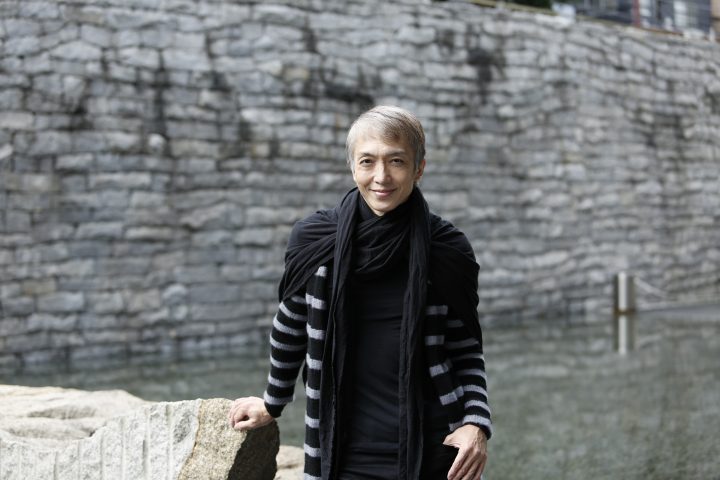Hirokazu Tategata's Danceable LIFE Vol.6
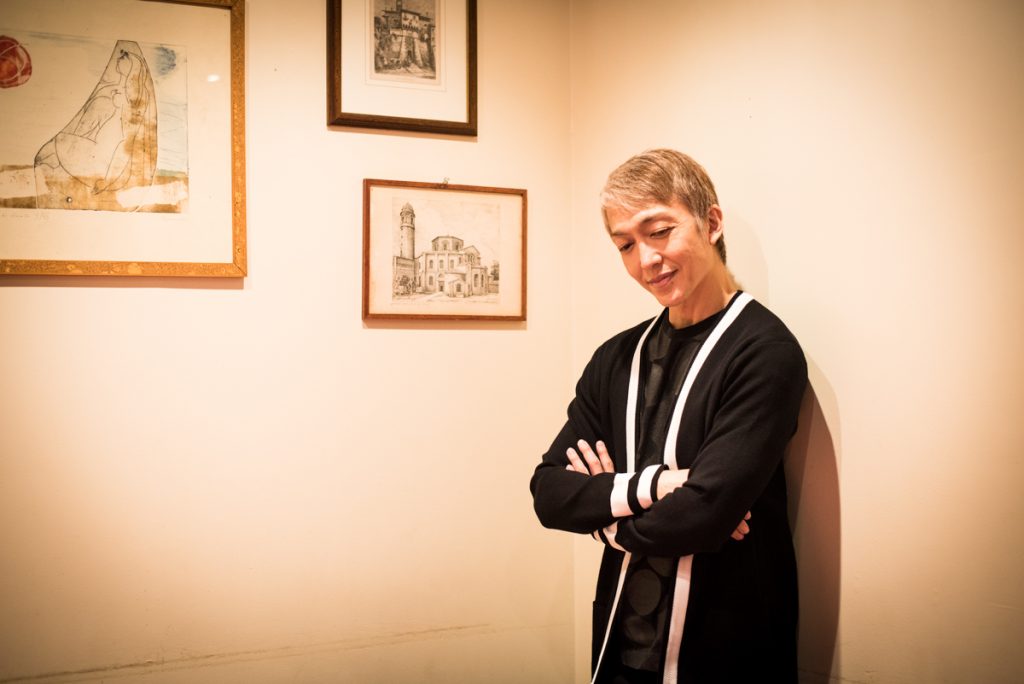
The job of "choreography" allows me to see a world different from my own
Hirokazu Tategata (Actor, Dancer, Choreographer)
At some point, I started to choreograph more as a job. I started with staging reading plays, then I tried my hand at musicals. Last year, I was in charge of choreography for "Kiki's Delivery Service."
When I provide choreography for others, I can sometimes see a world different from what I had imagined. When a body different from mine gives form to the world I imagined, a landscape I never imagined is born. It's a very interesting experience.
On the other hand, it's quite hard to choreograph for myself. Because I know my own limitations, everything ends up being predictable and boring. I find it fun to think about how to arrange the choreography someone else has given me and dance it in my own way. So, even for small scenes, I often ask people I trust to choreograph for me.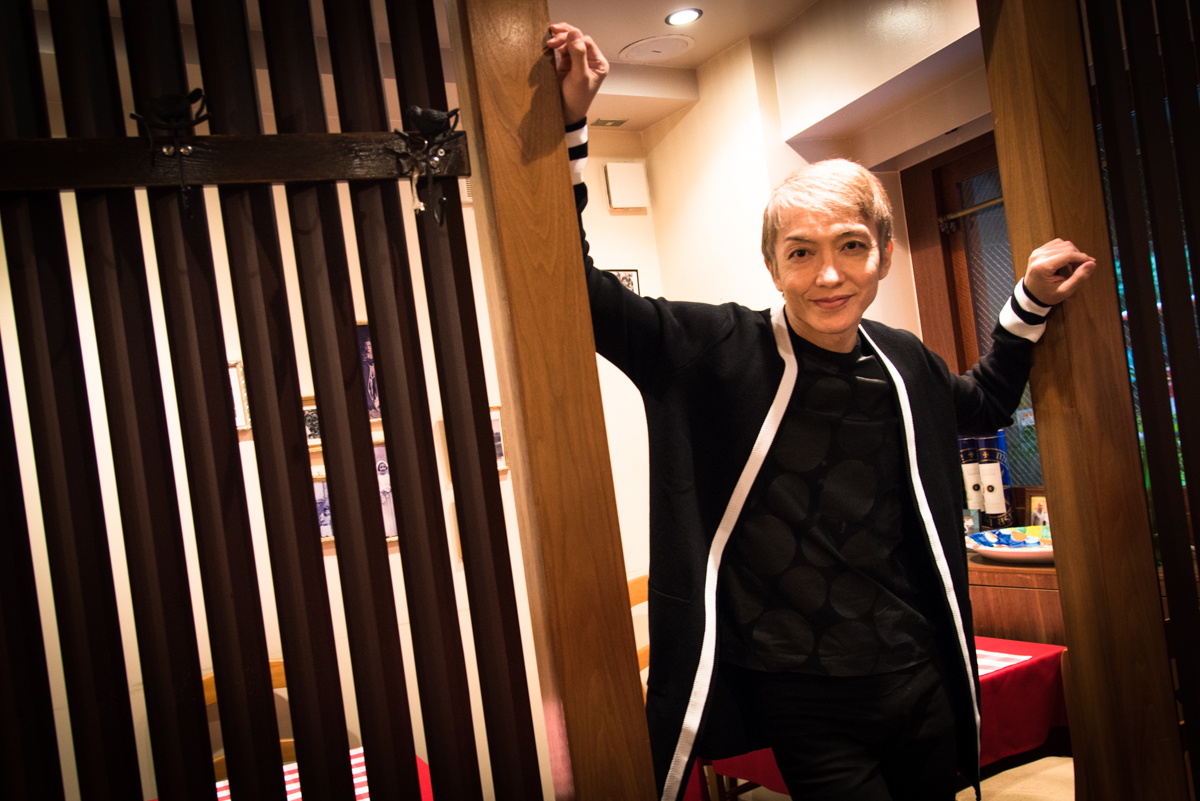
I've been involved in choreographing artistic swimming (formerly known as synchronized swimming) for about four years now. Of course, I don't go into the water to teach. I think about the overall structure and theme, choose the music, and choreograph the upper body movements on land and in the water. Head coach Masayo Imura thinks about the foot movements, so it's a collaborative effort, so to speak.
You may feel that we have something in common, that we both dance, but I was confused when I first heard about the project because we are in completely different industries. However, Professor Imura told me, "It's interesting because you're not from the industry and you have no knowledge at all." If you are bound by common sense, you won't be able to come up with something unique, so he said, "Say something crazy." I thought that he had a lot of imagination.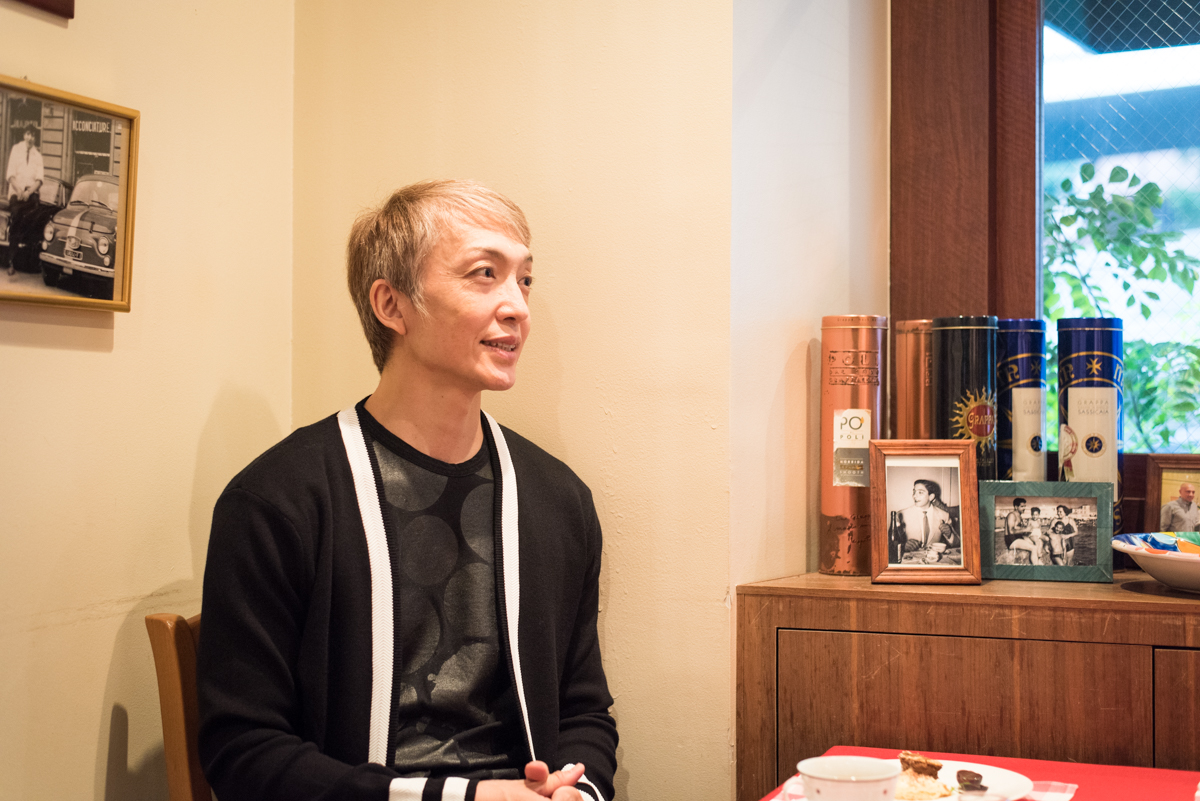
Artistic swimming, as the name suggests, is a sport that requires high artistic ability. What was expected of me was mainly to teach "sly expressiveness." Overseas swimmers have a strong appeal, and from the moment they appear on stage, they give off an aura that says "I'm the best in the world." I was asked to teach that kind of expressiveness and "slyness" to Japanese swimmers. I'm not a very skilled dancer, but I'm proud that I've been able to hone my strength of feeling for the piece, how to get into it, and my concentration. I think that's what Mr. Imura noticed.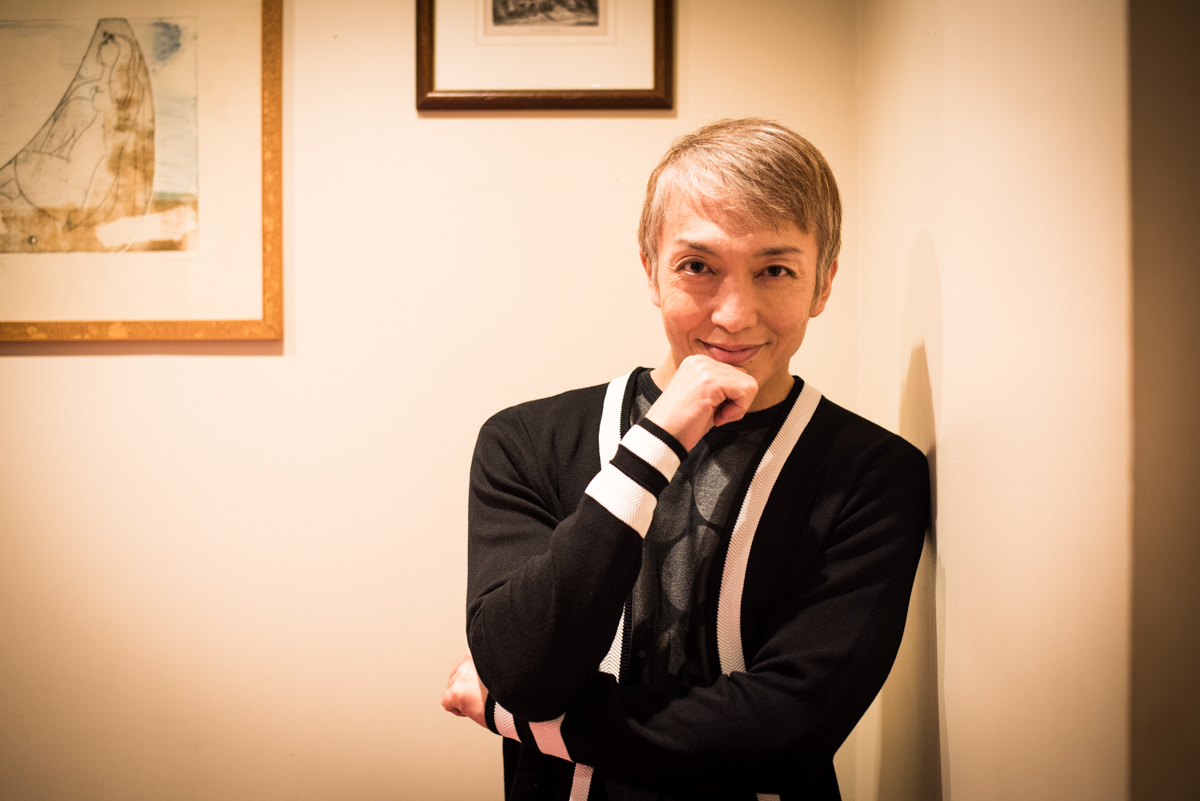
I think the important thing about choreography is to bring out the best in the person. Since they asked me to do it, I could develop the "Tategata World," but the body that will actually be expressing it is different from mine. Rather than forcing it on them, I think it is important to imagine what it would be like if they embodied my world.
However, at first, we had no common language, so I think we both had a hard time. In order to get the players to understand my idea of "expression," I tried to use different methods, different items, and different words to convey it. There are many abstract expressions, so a wide range of experience is necessary to understand each other. Imura-sensei encourages the players to watch a variety of things, such as dance, theater, kabuki, music, and art. In fact, Imura-sensei has a wide range of experience in art, so it was a wonderful experience for me to choreograph while exchanging opinions.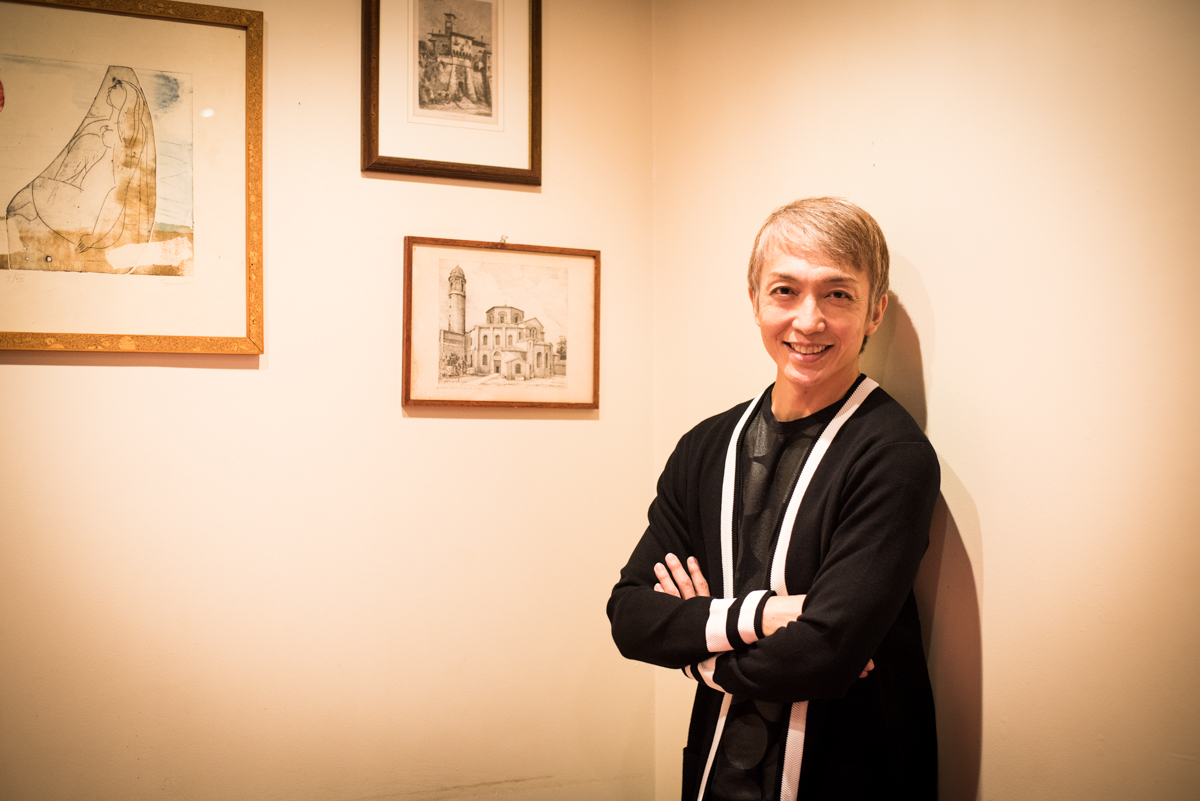 After four years, the players have become interested in a variety of worlds and have started going to see a variety of things. I feel like we are starting to have a common language.
After four years, the players have become interested in a variety of worlds and have started going to see a variety of things. I feel like we are starting to have a common language.
At the French Open held in March this year, Yukiko Inui, for whom I was in charge of choreography, won the solo French Open. I feel that she has achieved a good momentum heading into the 2020 Tokyo tournament.


